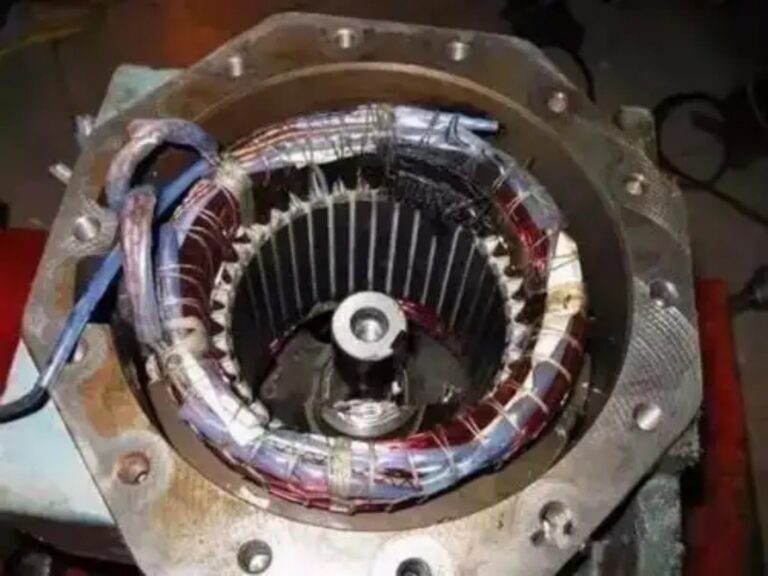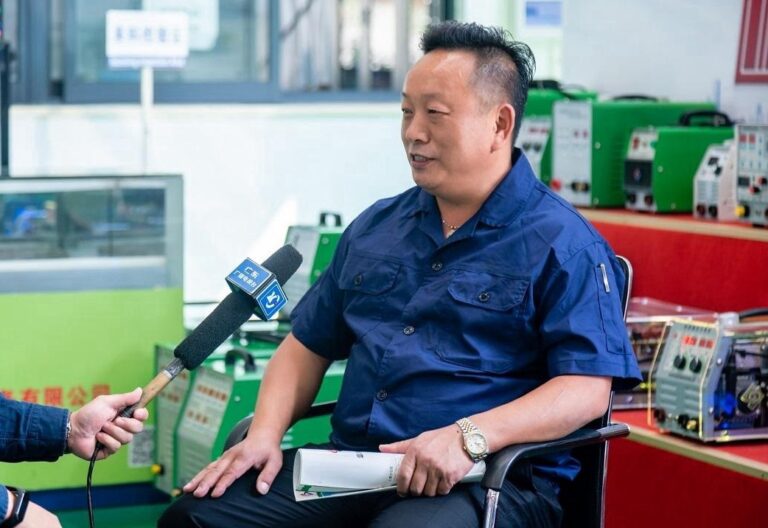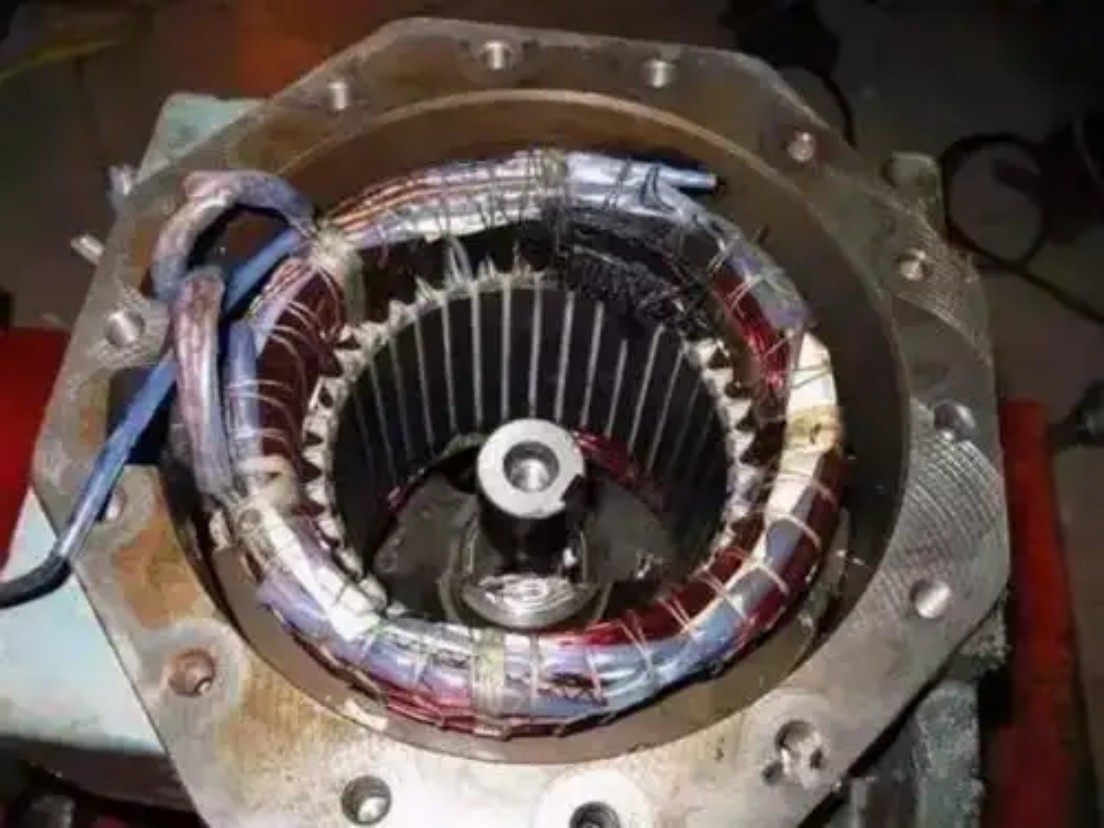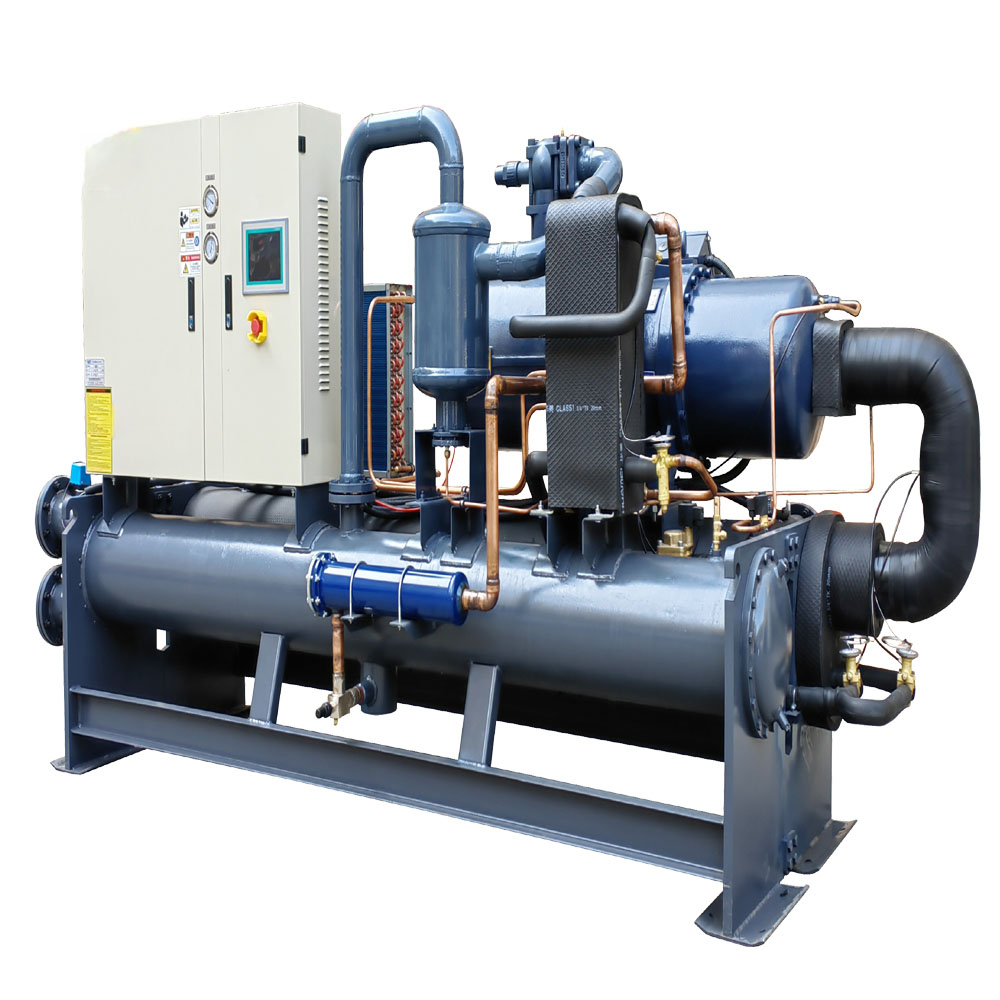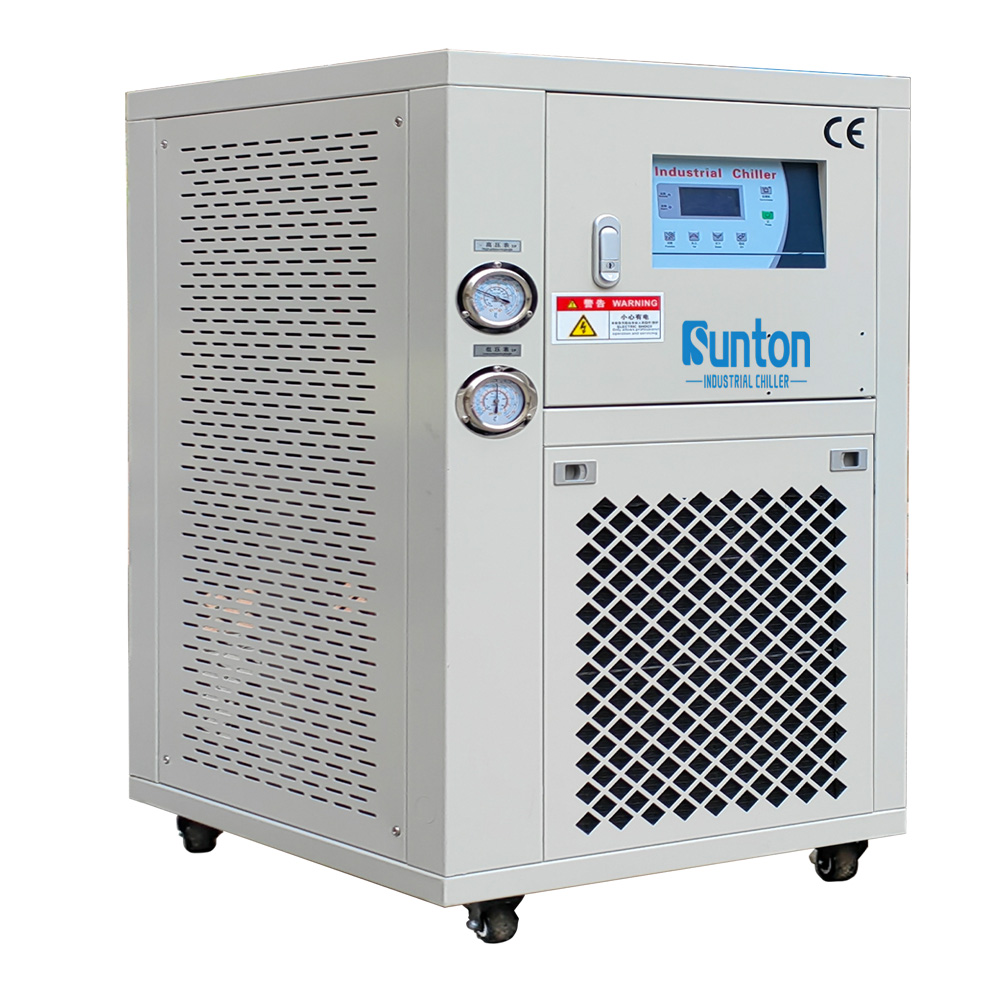-
달링산 산업 광동
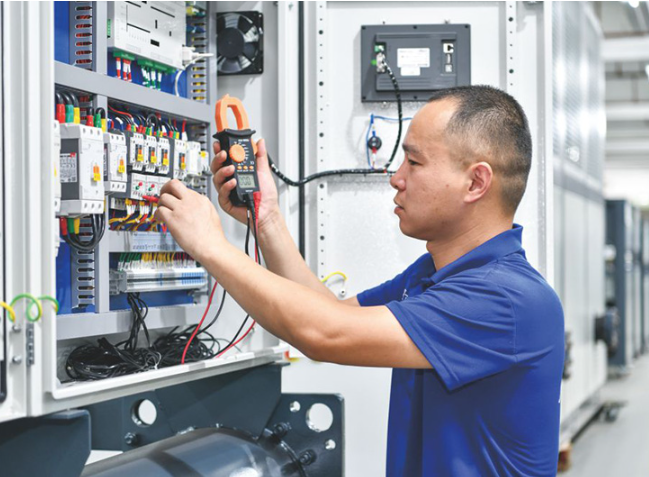
플라스틱 냉각기에 대한 필수 가이드
Optimizing Chiller to Your Molding and Injection Processes
목차
Why Chillers Are Essential for Plastic Molding & Injection
Plastic 가공 산업, 특히 Mold design is critical in the injection molding chiller processing 그리고 주입 applications. We’ll explore how these specialized cooling systems function, the different types available, and the key factors to consider when selecting a water 냉각기 귀하의 특정 요구 사항에 맞게.
From maintaining precise 곰팡이 온도를 높여 사이클 시간을 개선하고 제품 품질을 향상시키는 방법에 대해 알아보려면 이 기사를 참조하세요. 최고의 냉각기 에게 최적화하다 당신의 플라스틱 제조공정.
As experienced 플라스틱 냉각기 제조 공장에서 우리는 고객의 고유한 요구 사항에 맞춰 고품질의 신뢰할 수 있는 냉각 솔루션을 제공하기 위해 최선을 다하고 있습니다.
Chillers maintain precise temperature control in plastic molding, preventing defects like warping and uneven cooling. By removing heat quickly, they boost productivity, shorten cycle times, and ensure high-quality plastic parts.
For consistent, cost-effective production, a reliable chiller is a must. Optimize your plastic manufacturing process with efficient cooling solutions.
성형 및 사출에 플라스틱 냉각기가 필수적인 이유는 무엇입니까?
냉각기 에 기본이 됩니다 플라스틱 성형 그리고 주입 일관된 온도 제어를 보장하기 때문에 고품질 제품을 생산하는 데 매우 중요합니다. 플라스틱 제품. 이러한 장치는 이러한 공정 중에 생성되는 열 관리를 제거하도록 설계되어 결함을 방지하고 플라스틱이 적절하게 응고되도록 합니다. 신뢰할 수 있는 냉각기에서 플라스틱 할 수 없다 cool 균일하지 않으면 뒤틀림, 수축, 표면 마감 불량 등의 문제가 발생합니다.
정확성 냉각 사이클 시간을 최소화하고 극대화하는 데에도 중요합니다. 생산력. 열을 빠르게 제거하여 곰팡이, 냉각기 더 빠르게 활성화 플라스틱 생산 비율을 조정하여 비용을 절감하고 생산량을 늘립니다. 균일한 품질을 만드는 데 필요한 일관성을 보장합니다. 플라스틱 제품현대 제조업의 까다로운 요구 사항을 충족합니다.
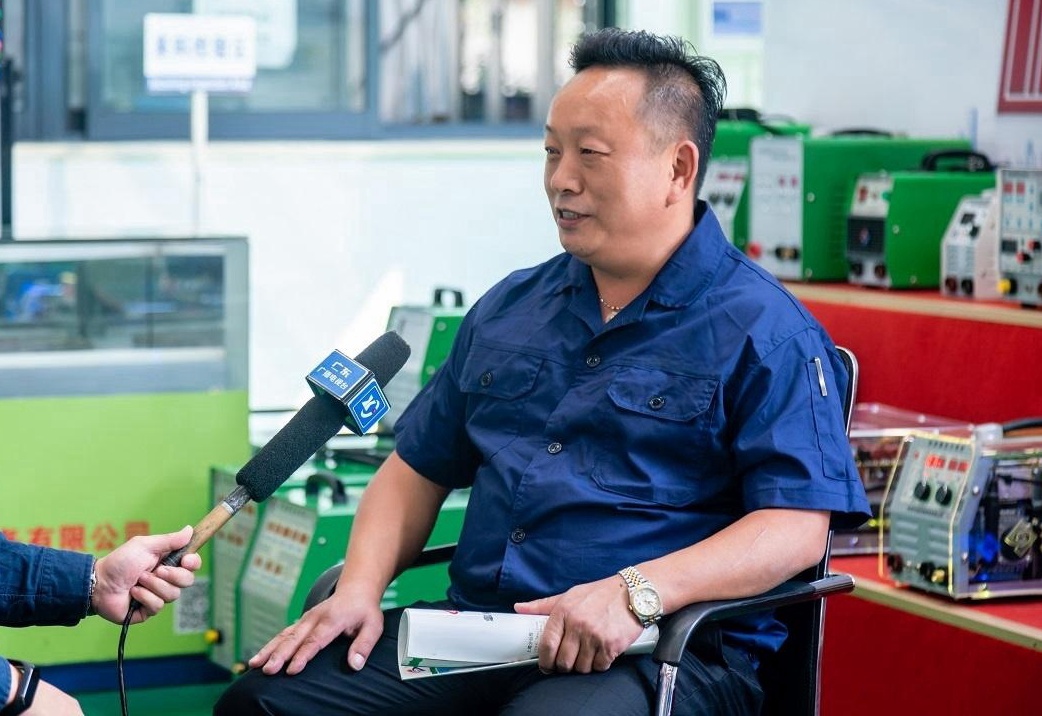

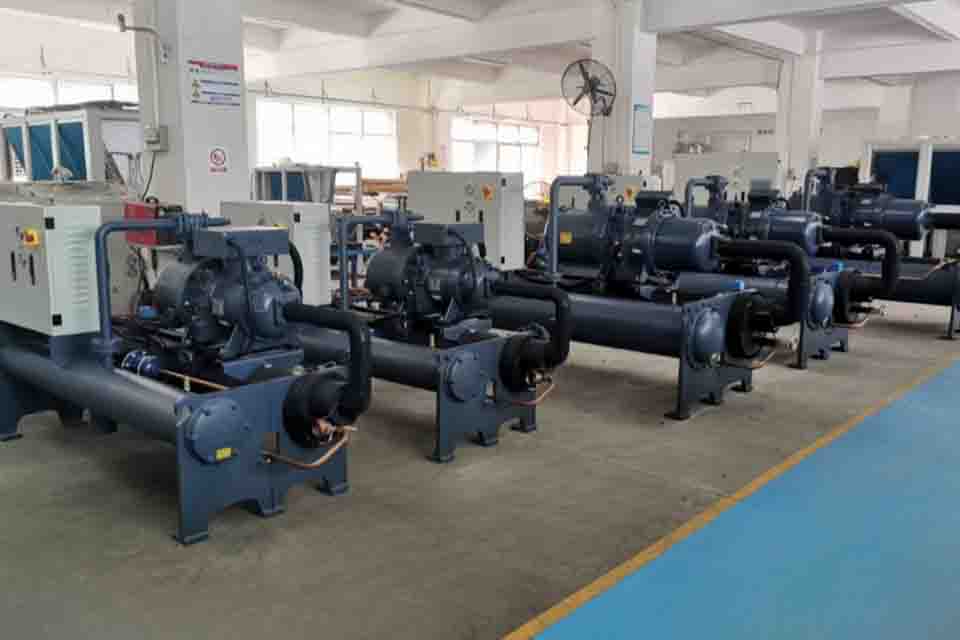
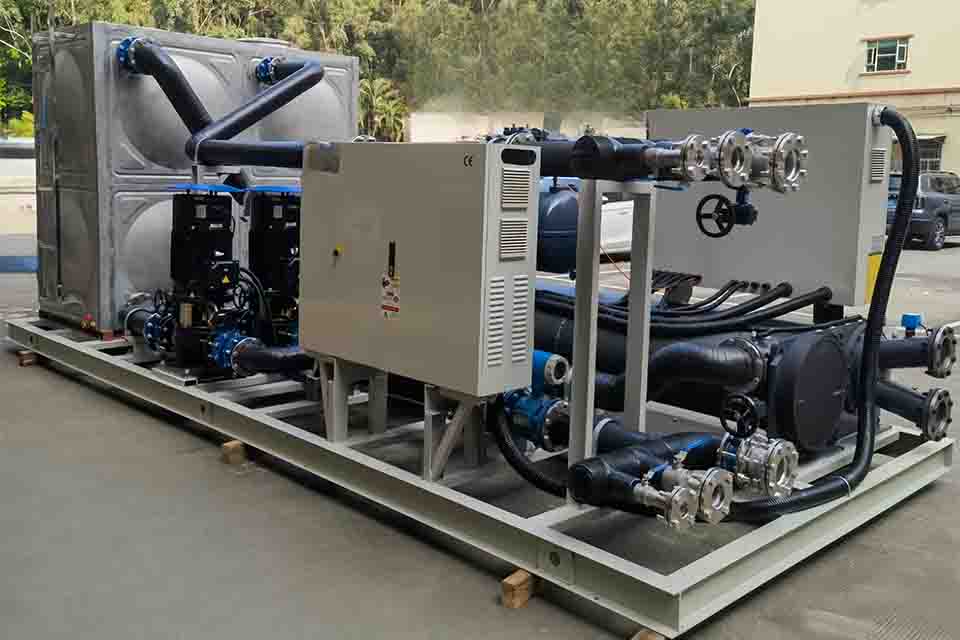
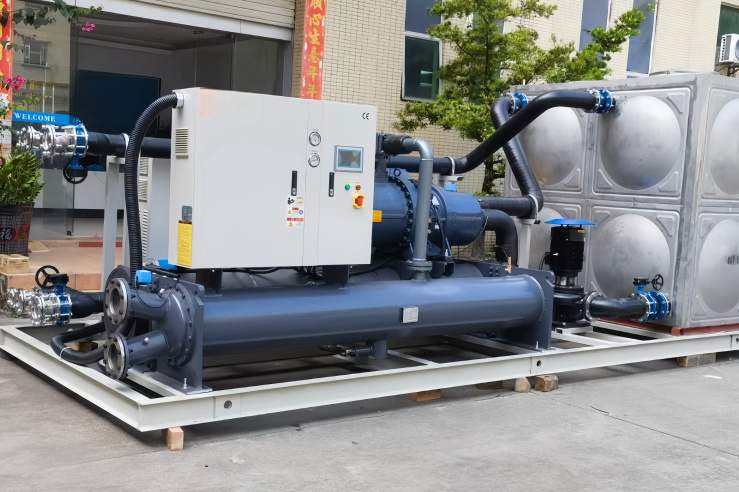
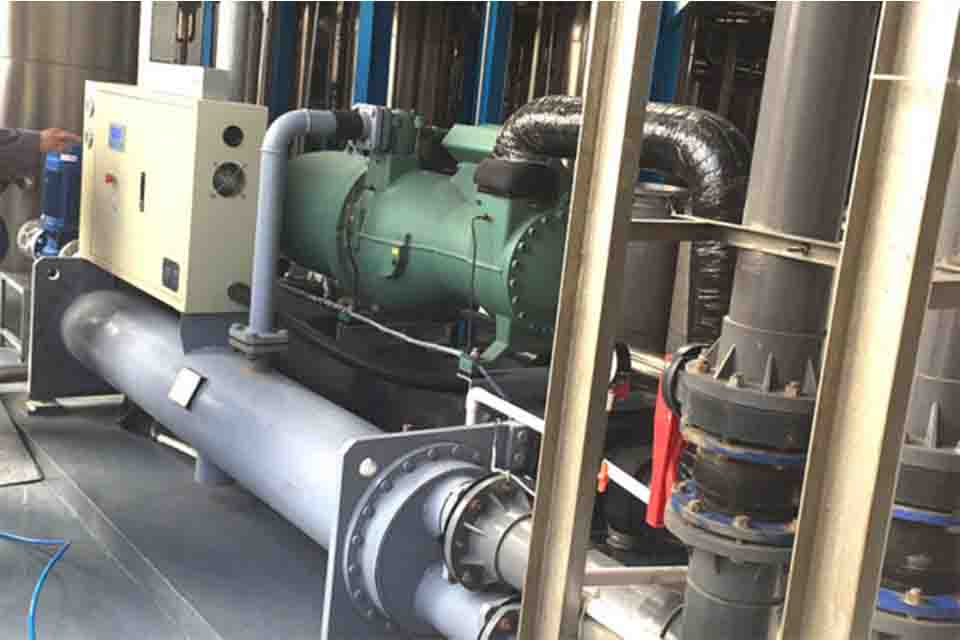
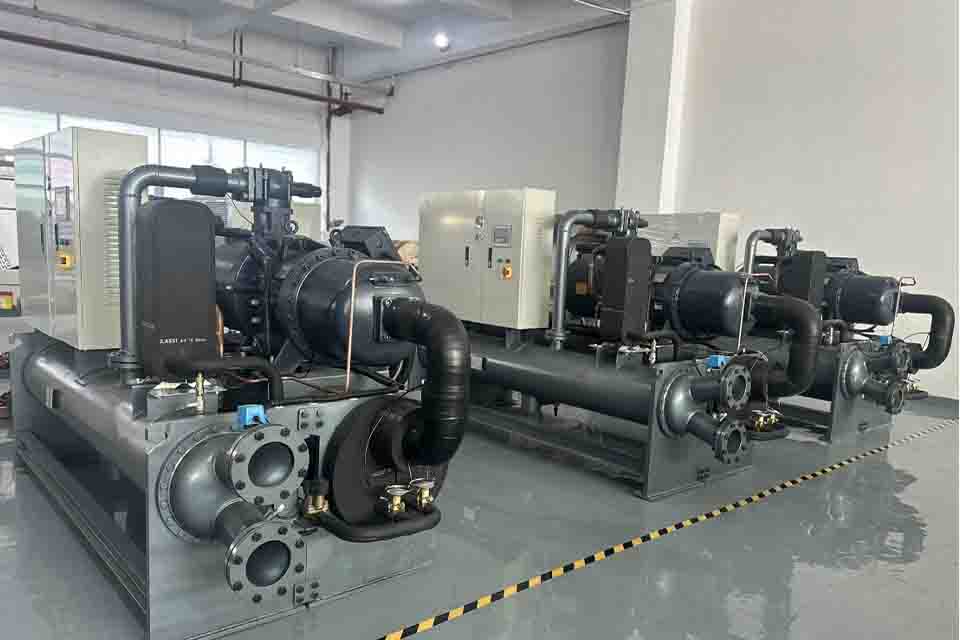
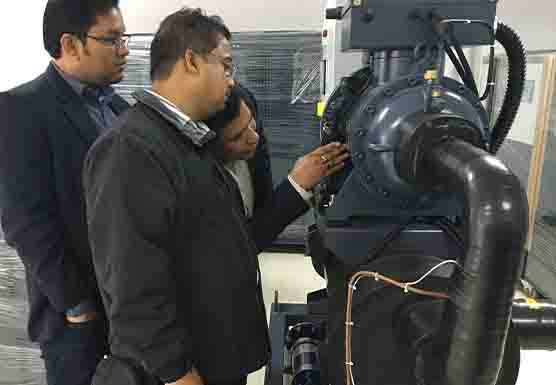
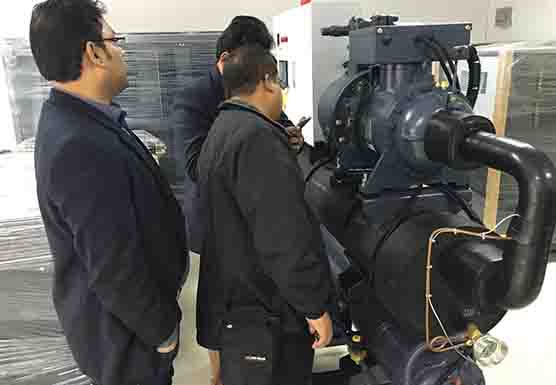
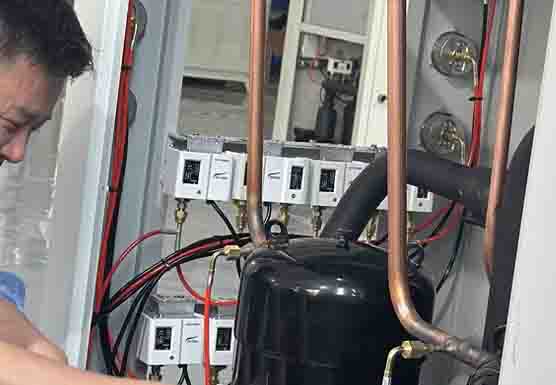
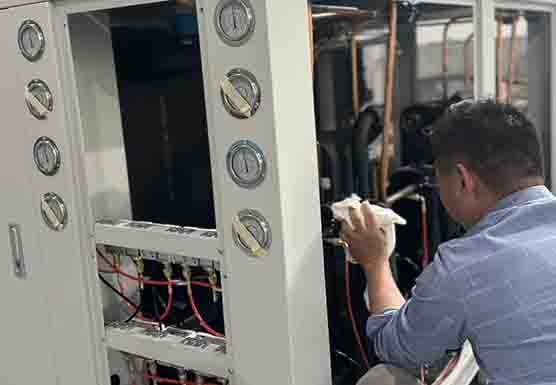
프로세스 냉각기의 기능 이해
A 프로세스 냉각기, 또한 종종 ~라고도 함 플라스틱 공정 냉각기, 전문화된 냉장 설계된 시스템 cool 다양한 산업 공정에 사용되는 장비 및 재료 등 플라스틱 산업. 이것들 냉각기 순환하여 작업하다 냉매 흡수하는 폐쇄 루프를 통해 플라스틱의 열 및 장비. 냉매, 수집 후 열, 이 초과분을 방출합니다 열, 일반적으로 주변 공기 또는 냉각탑.
에서 플라스틱 산업, 프로세스 냉각기 다음을 포함한 다양한 작업에 대한 정확한 온도 제어를 유지하는 데 사용됩니다. 사출성형, 압출및 블로우 몰딩. 이러한 시스템은 일관된 제품 품질을 보장하고, 사이클 시간을 단축하며, 전반적인 에너지 효율성에 기여합니다. 사출 성형 냉각기의 적절한 작동 및 유지 관리가 필수적입니다. 프로세스 냉각기 일관된 성과를 위해서는 필수적입니다.
플라스틱 가공을 위한 다양한 유형의 냉각기
여러 유형이 있습니다 냉각기 각각 장단점이 있는 사용 가능한 제품이 있습니다. 이러한 차이점을 이해하면 올바른 제품을 선택하는 데 도움이 됩니다. 냉각기 귀하의 특정 사항에 대해 플라스틱 제조 요구 사항.
- 공냉식 냉각기: 이러한 냉각기 사용 air 수계에서 열을 효과적으로 발산합니다. 열, 설치 및 유지 관리가 비교적 간단합니다. 공간과 물에 대한 접근성이 제한될 수 있는 소규모 작업에 이상적입니다. 우리의 공냉식 스크류 냉각기 견고하고 신뢰할 수 있는 제품을 제공합니다 공랭식 성능.
- 수냉식 냉각기: 이러한 냉각기 사용 물 제거하다 열특히 더운 기후나 대규모 작업에서 더 효율적이고 에너지를 절약하는 솔루션을 제공합니다. 냉각탑 이러한 유형의 시스템을 지원하려면 필요합니다. 향상된 효율성과 일관된 운영을 위해 당사의 선택 사항을 살펴보세요. 수냉식 스크류 수냉 칠러.
- 중앙 냉각기: 이러한 냉각기 제공 차가운 물 여러개로 가공 기계 단일 중앙 장치에서. 여러 개를 관리해야 하는 대규모 시설에 이상적입니다. 플라스틱 처리 스테이션. 우리의 수냉식 스크류 중앙 냉각기 효과적이고 효율적으로 제공하다 중앙 냉각 옵션을 선택합니다.
- 휴대용 냉각기: 이러한 소형 모바일 장치는 유연성을 위해 설계되어 필요에 따라 다른 장비로 옮길 수 있습니다. 기존 냉각을 보완하거나 다양한 장비를 냉각해야 하는 소규모 매장이나 운영에 적합합니다. 또한 다양한 휴대용 냉각기 다양한 응용 분야에 사용 가능.
선택 오른쪽 플라스틱 냉각기 사용 가능한 리소스, 공간 제약 및 특정 요구 사항에 따라 크게 달라집니다. 플라스틱 공정.
사출 성형 공정에서 냉각기가 작동하는 방식
에서 사출성형 공정, 냉각기 정확한 유지에 필수적입니다 곰팡이 온도는 냉각 속도를 제어하는 데 중요합니다. 플라스틱 그리고 최종 제품의 품질을 보장합니다. 사출성형 공정 용융된 물질을 주입하는 것을 포함합니다 플라스틱 로 곰팡이그리고 원하는 결과를 얻으려면 냉각되고 응고되는 속도와 방식이 중요합니다.
그리고 냉각기 제거하는 데 중요한 역할을 합니다. 플라스틱의 열 그리고 규제하다 곰팡이 온도는 사이클 타임을 더 빠르게 하고, 치수 정확도를 개선하고, 결함을 줄이는 데 도움이 됩니다. 정밀 금형 냉각 보장합니다 플라스틱 제품 적절하게 응고되고 엄격한 품질 기준을 충족합니다. 신뢰할 수 있는 냉각기 효과적이고 효율적인 데 가장 중요합니다 사출성형.
플라스틱 압출에서 냉각의 중요성
플라스틱 압출 냉각 과정은 일관되고 차가운 플라스틱을 생산하기 위해 정밀한 온도 제어가 필요한 연속적인 과정입니다. 플라스틱 제품. 이 과정에서 플라스틱 용융되어 다이를 통해 강제로 통과되며, 냉각 균일성을 유지하고 왜곡을 방지하려면 단계가 필수적입니다. 최적의 성능을 위해서는 신뢰할 수 있는 Conair 몰드가 필요합니다. 냉각기 필요하다 cool 의 압출기 배럴과 다이를 사용하여 다음을 보장합니다. 플라스틱 정확하게 응고됩니다.
효과적이지 않음 냉각에서 플라스틱 할 수 없다 cool 균일하게, 고르지 않은 표면이나 일관되지 않은 치수와 같은 결함으로 이어집니다. 정확한 것을 보장함으로써 온도 제어, 신뢰할 수 있는 냉각기 전반적인 효율성과 품질에 기여합니다. 플라스틱 압출 일관된 생산을 가능하게 하는 프로세스 플라스틱 제품이 과정은 또한 공정 효율성을 유지하는 데 필요한 일관된 온도를 제공합니다.
블로우 몰딩에서 냉각기의 중요성
블로우 몰딩 이다 플라스틱 중공을 만드는 데 사용되는 제조 공정 플라스틱 제품 병과 용기와 같은. 이 과정에서 뜨거운 플라스틱 파리손 에 배치됩니다 곰팡이 그리고 사용하여 팽창 압축 공기. . 냉각기 그 다음에 필요합니다 cool 의 곰팡이, 그리고 빠른 고형화를 보장합니다. 플라스틱 원하는 모양으로.
그리고 냉각기 효과적으로 관리하는 데 중요합니다. 냉각 시간 in 블로우 몰딩, 더 빠른 생산 주기를 가능하게 하고, 결함을 방지하며, 일관된 제품 품질을 보장합니다. 정확한 온도 제어를 유지하는 데 도움이 되며 전체의 효율성에 크게 기여합니다. 블로우 몰딩 프로세스. 신뢰할 수 있는 냉각기 최대화하는 데 도움이 됩니다 플라스틱 성형의 생산성, 그리고 우리의 라인 방폭 냉각기 안전이 가장 중요한 환경에서 사용하도록 설계되었습니다.
플라스틱 냉각기 시스템의 구성 요소 이해
전형적인 플라스틱 냉각기 시스템은 효율적이고 안정적인 냉각을 용이하게 하도록 설계된 몇 가지 핵심 구성 요소로 구성되어 있습니다.
- 압축기: 그리고 압축기 압축을 담당합니다 냉매, 압력과 온도를 증가시키고 전체를 구동합니다. 냉장 주기.
- 콘덴서: 그리고 응축기 고압을 냉각하는 데 사용됩니다 냉매, 그것을 풀어주게 됨 열 공기 또는 물로. 이것은 열 전달 과정에서 중요한 단계입니다.
- 증발기: 그리고 증발기는 냉각 응용 분야에 필수적입니다. 는 냉매 흡수한다 플라스틱의 열 프로세스, 냉각 공정수 또는 직접 냉각 장비.
- 확장 밸브: 그리고 팽창 밸브 흐름을 제어합니다 냉매, 그리고 압력과 온도가 유입되기 전에 감소합니다. 증발기.
- 사출성형 냉각기용 제어 장치: 제어 시스템은 종종 다음을 사용합니다. 마이크로프로세서, 작동 온도 및 기타 매개변수를 정확하게 설정하고 관리할 수 있습니다.
이들 각 구성요소의 기능을 이해하면 선택하는 데 도움이 될 수 있습니다. 오른쪽 플라스틱 냉각기 귀하의 요구 사항에 맞게.
플라스틱 성형 요구 사항에 맞는 올바른 냉각기 선택
선택 오른쪽 플라스틱 냉각기 귀하의 특정 사항에 대한 신중한 고려가 필요합니다. 플라스틱 공정 그리고 전반적인 생산 요구 사항. 이 결정을 내릴 때 고려해야 할 요소가 많으며, 요구 사항을 이해하는 것이 중요합니다.
- 냉각 용량: 필요한 것을 결정하십시오 냉각 용량 장비에서 발생하는 열 부하와 특정 사항을 기준으로 합니다. 플라스틱의 종류 당신은 사용하고 있습니다.
- 냉각기 유형: 선택 공랭식, 수냉식, 또는 휴대용 냉각기 귀하의 시설, 사용 가능한 리소스, 운영 규모에 따라 달라집니다.
- 온도 조절: 귀하의 특정 목적에 필요한 정밀도 수준을 고려하십시오. 플라스틱 공정, 그리고 선택하세요 냉각기 필요한 설정점을 유지할 수 있습니다.
- 에너지 효율성: 고효율 기능이 있는 장치를 찾으세요 에너지를 줄이세요 소비 및 운영 비용.
- 신뢰할 수 있음: 선택하세요 냉각기 고품질 구성 요소로 제작되었으며 오래 지속되는 것으로 명성이 있습니다. 안정적인 냉각 성능.
귀하의 요구 사항을 철저히 평가함으로써, 귀하의 운영에 가장 적합한 선택을 내릴 수 있을 것입니다.
중앙 냉각 시스템으로 효율성 극대화
더 큰 경우 플라스틱 다중 처리 시설 조형 또는 압출 스테이션, a 중앙 냉각기 시스템은 효율적이고 비용 효율적인 솔루션입니다. 중앙 냉각기 제공한다 차가운 물 단일 위치에서 여러 개의 플라스틱 가공 장비를 제어합니다.
중앙화함으로써 냉각, 이러한 시스템은 에너지 소비를 줄이고, 운영을 간소화하며, 전반적인 유지 관리 비용을 낮춥니다. 또한 더 큰 제어 기능을 제공합니다. 냉각 과정, 그리고 변화하는 생산 수요에 맞춰 더 쉽게 조정할 수 있도록 해줍니다. 중앙 냉각기 이 시스템은 냉각 응용 분야에 이상적인 방법입니다. 최적화 큰 플라스틱 제조 식물.
플라스틱 냉각기 유지 관리: 주요 단계
정기적인 유지관리는 장비의 수명, 성능 및 효율성을 보장하는 데 필수적입니다. 플라스틱 냉각기적절한 유지관리는 장치의 수년간 안정적인 성능을 보장하는 데 도움이 됩니다.
- 정기 검사: 누수나 부품 고장 등 큰 문제가 발생하기 전에 문제를 탐지하고 해결하기 위해 정기적인 검사 일정을 잡으세요.
- 청소: 청소하다 응축기 그리고 증발기 먼지와 이물질을 제거하기 위해 코일을 정기적으로 청소하면 개선됩니다. 열 전달 그리고 효율성.
- 냉매 관리: 확인하세요 냉매 수준을 확인하고 누출이 발생하면 즉시 처리하십시오. 낮은 수준은 손상을 줄 수 있습니다. 냉각 플라스틱 가공 장비의 효율성을 떨어뜨리고 장치를 손상시킬 가능성이 있습니다.
- 물 처리: 를 사용하는 경우 수냉식 냉각기, 치료하다 물 스케일 축적 및 부식을 방지하여 비용을 절감할 수 있습니다. 냉각기 성능이 저하되고 수명이 짧아집니다.
- 전문 서비스: 최고의 효율성을 유지하고 장비의 수명을 연장하려면 정기적인 검사 및 예방적 유지 관리를 위해 전문가와 계약하세요.
정기적인 유지관리를 수행하면 수년간 안정적인 작동과 일관된 성능을 보장할 수 있습니다. 플라스틱 냉각기. 저희 팀이 이 과정을 도와드릴 수 있습니다.
플라스틱 냉각기에 대한 FAQ
내 작업에 맞는 냉각기 크기를 결정하는 가장 좋은 방법은 무엇입니까?
올바른 크기를 결정하려면 전문가와 상담하여 열 부하 분석을 실시하세요. 이는 장비의 특정 요구 사항과 운영 요구 사항을 고려한 것입니다.
공랭식과 수랭식 냉각기의 주요 차이점은 무엇입니까?
공냉식 냉각기 사용 air 소멸 열와 수냉식 냉각기 사용 물. 수냉식 휴대용 플라스틱 옵션은 일반적으로 더 효율적이며, 특히 더운 기후에서는 더욱 그렇습니다.
플라스틱 냉각기는 얼마나 자주 정비해야 합니까?
최고의 성능을 보장하려면 최소한 1년에 한 번 정기적인 유지 관리를 수행해야 하며, 사용량과 운영 환경에 따라 더 자주 유지 관리를 수행해야 합니다.
중앙 냉각 시스템을 사용하는 주요 이점은 무엇입니까?
중앙 냉각기 중앙화된 소스를 제공합니다 차가운 물효율성을 개선하고 에너지 비용을 줄이며 관리를 간소화하는 냉각 시스템.
주요 요점: 최적의 플라스틱 생산을 위한 올바른 냉각기 선택
- 냉각기 정확한 것에 필수적입니다 온도 제어 in 플라스틱 처리중.
- 다양한 유형의 냉각기 각각 특정 요구 사항과 작업에 맞게 설계된 제품이 제공됩니다.
- 올바른 선택 냉각기 유형 운영의 효율성과 비용 효율성에 중요합니다.
- 정기적인 유지관리는 장비의 안정성과 수명을 보장하는 데 필수적입니다. 냉각기.
- 평판이 좋은 제조업체와 협력하면 고품질 장비와 전문가 지원을 받을 수 있습니다.
이 가이드를 따르면 다음의 중요성을 더 잘 이해할 수 있습니다. 냉각기 에서 플라스틱 산업 그리고 그들이 어떻게 고품질의 일관된 제품을 생산하는 데 기여하는지 플라스틱 제품. 당사의 광범위한 제품에 대해 자세히 알아보려면 오늘 당사에 문의하세요. 플라스틱용 냉각기 그리고 우리가 어떻게 당신을 도울 수 있는지 논의합니다 최적화하다 귀사의 제조 공정. 당사 솔루션에는 완전한 선택뿐만 아니라 산업용 냉각기, 와 같은 수냉식 스크롤 냉각기, 뿐만 아니라 우리의 것과 같은 특수 장비도 있습니다. 저온 냉각기 냉각 솔루션.

